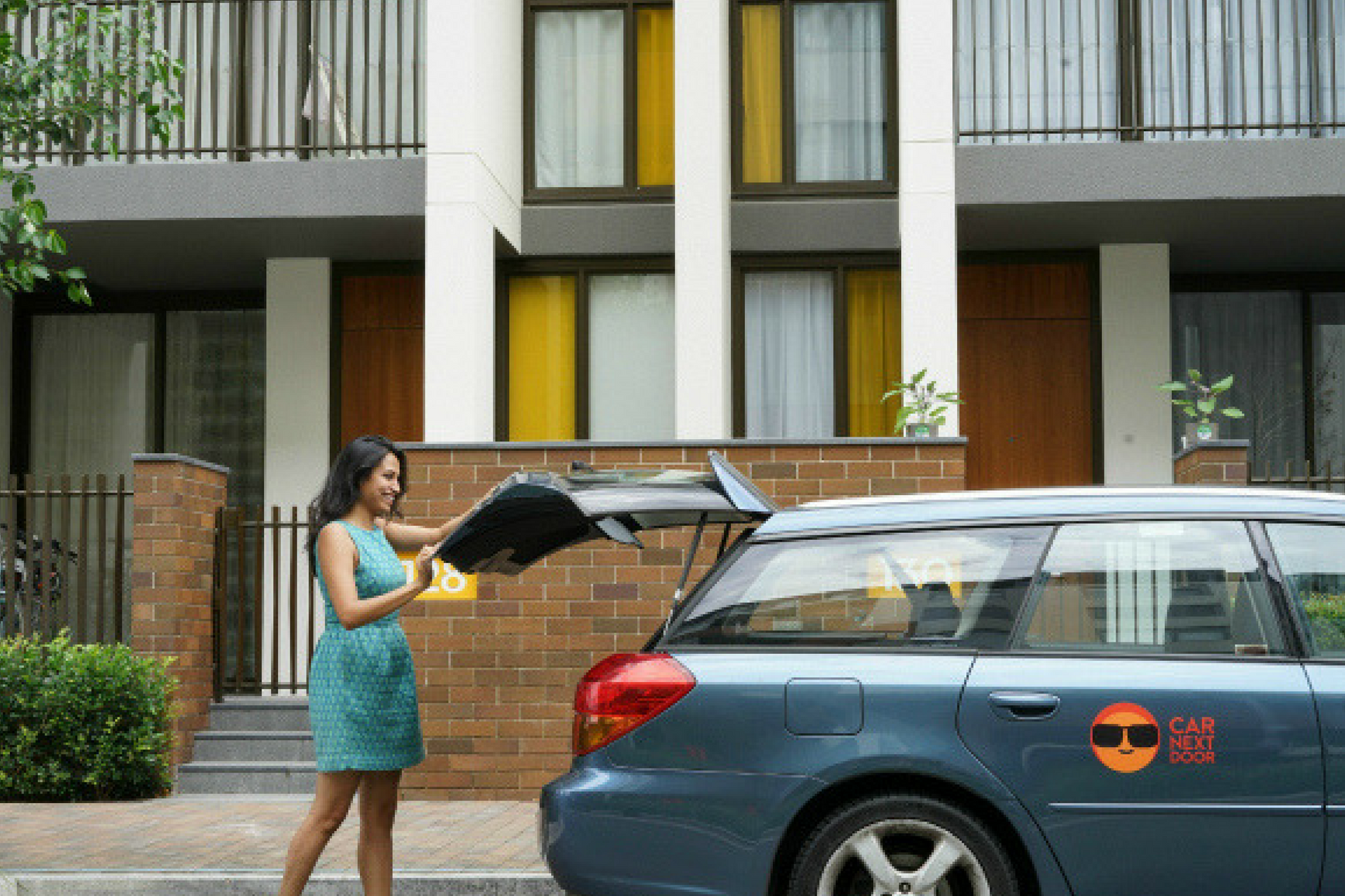Car Sharing is Caring
By Natalie Rayment
Traffic congestion is one of the top three concerns that people have about population growth in South East Queensland*. During recent community consultation for the Draft City West Neighbourhood Plan, nearly 60% of draft submissions were about traffic or parking concerns. Similarly, 50% of written submissions for the Draft Ferny Grove-Upper Kedron Neighbourhood Plan were about traffic congestion and local road network concerns. This is a recurring theme when it comes to discussions around development.
Instead of letting this fester as the age-old stereotypical NIMBY complaint against housing development proposals in our suburbs, there is a win-win alternative solution available: embracing the car sharing economy. This results in less car ownership and less car usage which in turn reduces congestion and frees up more car parking spaces.
In the City of Sydney, 10,000 cars have been reduced from the municipality thanks to its car share fleet**. Of the people who started using the car share system, they ended up travelling by car less than before – “around 2,000 less vehicle kilometres each year” **. Instead, they tend to replace more private car trips with public and active transport.
Not only does car sharing encourage more healthy lifestyles, it also contributes to affordable living. Take the example of Australia’s first peer-to-peer car sharing platform, ‘Car Next Door’. It launched in Brisbane late last year. Have a car? You can rent your car out by listing it on Car Next Door’s website. Anyone can borrow the cars by booking time on the online system and paying from as little as $5 an hour and $25 a day. The car keys are kept in a small electronic lockbox attached to the car or a wall nearby.
Car owners benefit by having someone to help pay the ongoing maintenance and running costs of owning a vehicle. Car renters benefit from the money that they save in not having to buy a car. The community benefits when less car parking spaces are required because housing costs less to build. Breathe Architecture estimated that by constructing a residential apartment block without car parking reduced the cost of each apartment in that project by $30,000**. They passed on these savings to the apartment buyers.
Considering that cars spend 95% of their lives parked, car parking is a very inefficient use of land. The peer-to-peer car share system makes use of the idle time of the thousands of cars that are already parked around our cities.
As well as improving land efficiency, car sharing helps to reduce impacts on the environment. With less cars on the road and less car trips being taken; air quality improves and Co2 emissions are reduced. Car Next Door also offset the carbon emissions of those borrowing cars by contributing to native reforestation projects around Australia.
From an economics perspective, it is estimated that for every $1 that the City of Sydney invests in the current car share services it receives a return of $4.34**. The current car share network in the City of Sydney creates an estimated total annual net benefit to the community of $43 million”**.
Given all the benefits that flow from car sharing, it is disappointing that more is not being done by local councils in Qld to support and grow car sharing. Councils could actually develop official car sharing policies like what was produced by the City of Sydney, amend their planning schemes to include incentives for developments that include car-sharing schemes and enable car share operators to have dedicated on-street parking spaces. Embracing car share could be one powerful way to ease people’s concerns about growth and new development in the South-East Queensland region.
*Department of Infrastructure, Local Government and Planning, 2016, ShapingSEQ – A summary of community conversations, available from: http://www.dilgp.qld.gov.au/noindex/shapingseq/summary-of-community-conversations.pdf
**Phillip Boyle & Associates, 2016, The Impact of Car Share Services in Australia, available from: http://carsharing.org/wp-content/uploads/2016/01/The-Impact-of-Car-Share-Services-in-Australia.pdf



